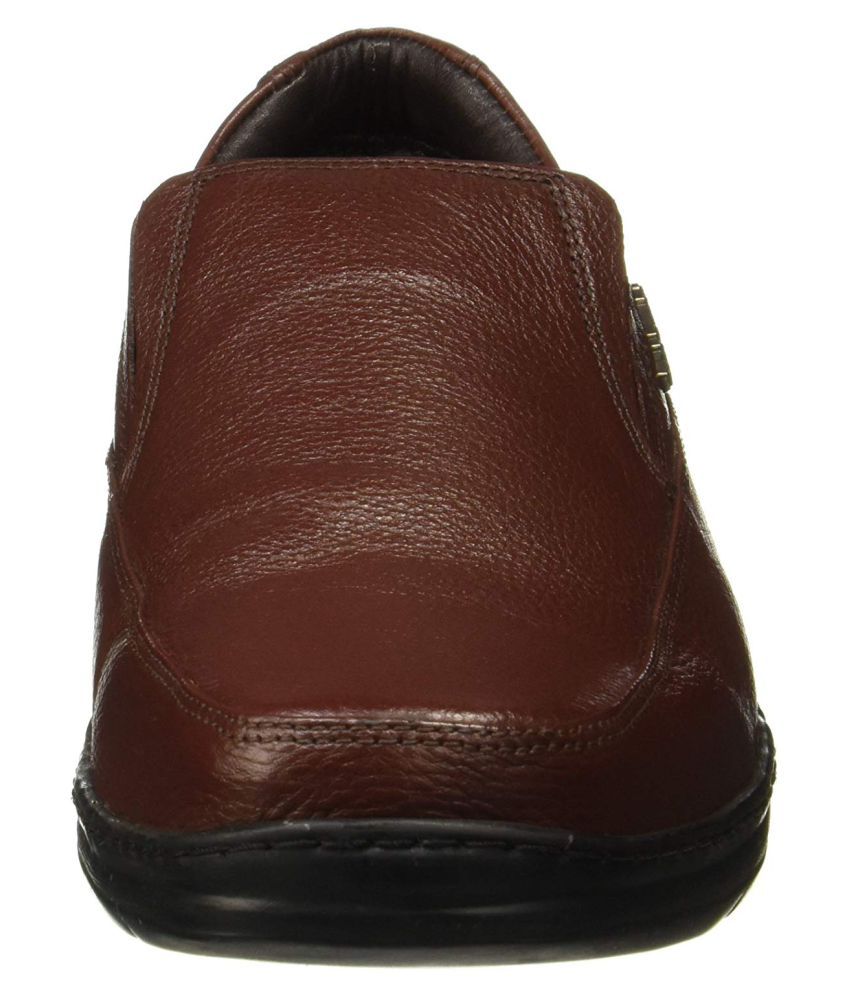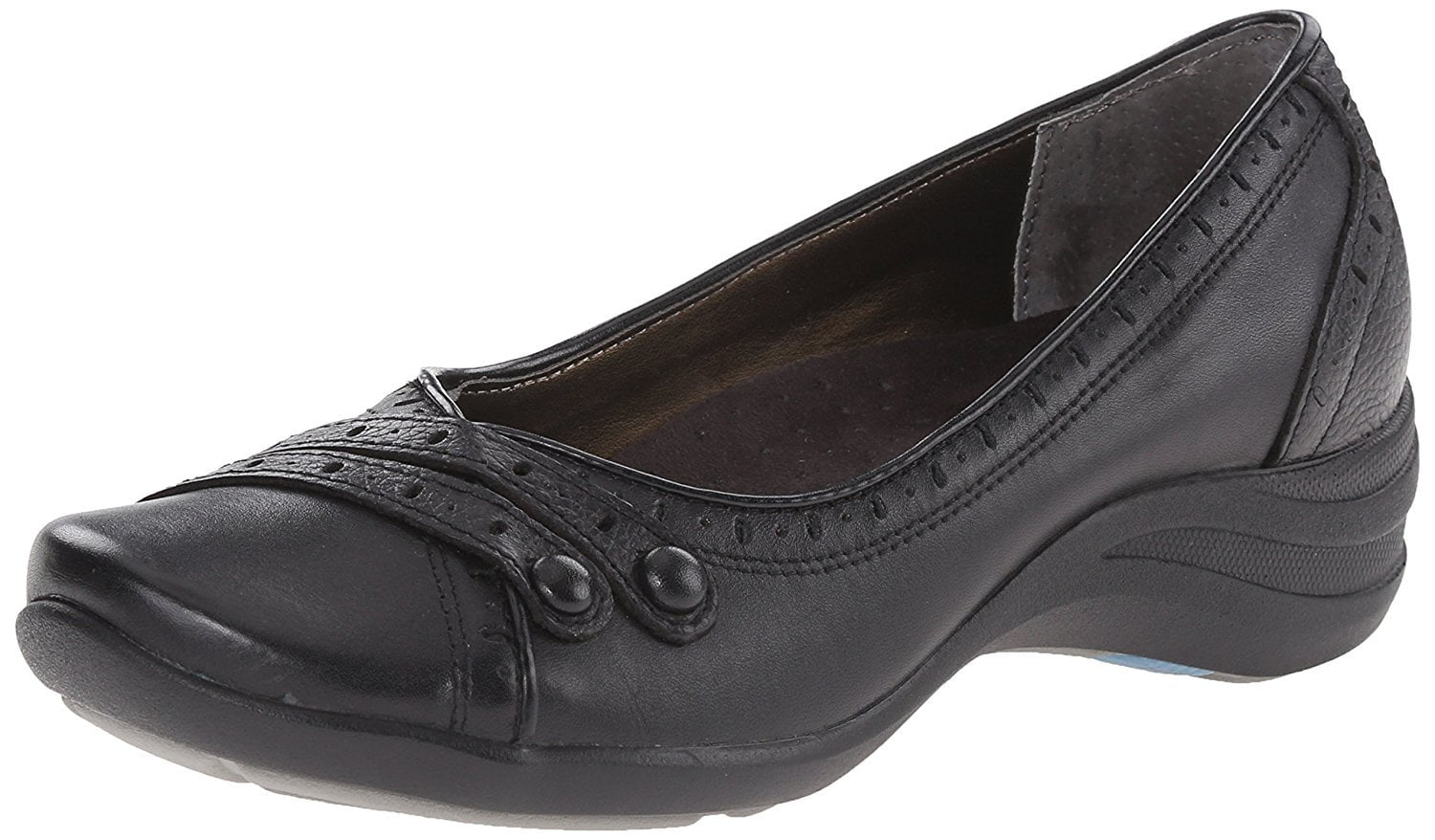

It wasn't that some huge percentage of would-be murderers suddenly sat up in 1993 and decided not to commit any more crimes. The crime decline in New York surely happened the same way. They infected them with the Hush Puppies "virus." Those kids simply wore the shoes when they went to clubs or cafes or walked the streets of downtown New York, and in so doing exposed other people to their fashion sense. No one took out an advertisement and told people that the traditional Hush Puppies were cool and they should start wearing them. Although they may sound as if they don't have very much in common, they share a basic, underlying pattern.įirst of all, they are clear examples of contagious behavior. The rise of Hush Puppies and the fall of New York's crime rate are textbook examples of epidemics in action. Ideas and products and messages and behaviors spread just like viruses do. It is that the best way to understand the emergence of fashion trends, the ebb and flow of crime waves, or, for that matter, the transformation of unknown books into bestsellers, or the rise of teenage smoking, or the phenomena of word of mouth, or any number of the other mysterious changes that mark everyday life is to think of them as epidemics. How can a change in a handful of economic and social indices cause murder rates to fall by two-thirds in five years? After all, crime didn't just slowly ebb in New York as conditions gradually improved. But there is a puzzling gap between the scale of the changes in policing and the size of the effect on places such as Brownsville and East New York. They don't explain why crime plunged in New York City so much more than in other cities throughout the country, and they don't explain why it all happened in such an extraordinarily short time.Īs for the improvements made by the police, they are important, too. The changes in the drug trade, the population and the economy are all long-term trends, happening all over the country. These are the conventional explanations for the rise and fall of social problems, but in the end none is any more satisfying than the statement that kids in the East Village caused the Hush Puppies revival.

Economists, meanwhile, say that the gradual improvement in the city's economy during the course of the 1990s had the effect of employing those who might otherwise have become criminals.
HUSH PUPPIE SHOES CRACK
Criminologists point to the decline of the crack trade and the aging of the population. The New York City police will tell you that what happened in New York was that the city's policing strategies dramatically improved. In Brownsville and East New York, the sidewalks filled up again, the bicycles came back, and old folks reappeared on the stoops. Within five years, murders had dropped 64.3 percent to 770, and total crimes had fallen by almost half to 355,893. At some mysterious and critical point, the crime rate began to turn. In 1992, there were 2,154 murders in New York City and 626,182 serious crimes, with the weight of those crimes falling hardest in places like Brownsville and East New York. In 1995, the company sold 430,000 pairs of the classic Hush Puppies, and the next year it sold four times that, and the year after that still more, until Hush Puppies were once again a staple of the wardrobe of the young American male. While he was still painting and putting up shelves, the actor known as Pee-wee Herman walked in and asked for a couple of pairs. In Los Angeles, the designer Joel Fitzgerald put a 25-foot inflatable basset hound - the symbol of the Hush Puppies brand - on the roof of his Hollywood store and gutted an adjoining art gallery to turn it into a Hush Puppies boutique. Then another Manhattan designer, Anna Sui, called, wanting shoes for her show, as well. He wanted to use Hush Puppies in his spring collection.

It made no sense to them that shoes that were so obviously out of fashion could make a comeback.īy the fall of 1995, things began to happen in a rush.

People were going to the Ma and Pa stores, the little stores that still carried them, and buying them up." Baxter and Lewis were baffled at first. "We were being told," Baxter said, "that there were resale shops in the Village, in Soho, where the shoes were being sold.


 0 kommentar(er)
0 kommentar(er)
